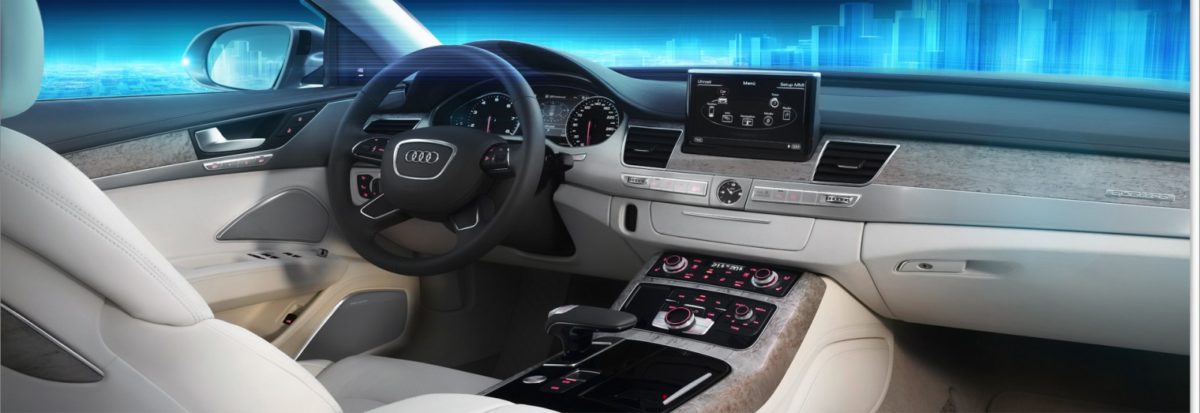Bluetooth technology – More than just hands-free calls

Only 2 decades ago, if you wanted to play your favourite tunes on the road, you were likely faced with hours of careful mixing and recording on cassette tapes. The end result would be hours of painstaking dubbing that could easily be ruined by a dirty audio head or a magnet.
Less than 5 years ago most cars were limited to CD players. If you were lucky, you had an auxiliary port or some sort of iPod connectivity interface that was at its infancy. These days, the array of media source options for playing your favourite tunes in new cars is truly astounding.
Enter the age of Bluetooth. Initially pawned off as a passing fad, even inexpensive compact cars have it these days (e.g. Mazda3, Hyundai Elantra, Toyota Corolla, Honda Civic).
Bluetooth is a wireless short-range communication technology that lets devices share data with each other — for example, your phone communicates audio data with your car’s built-in speakers and vice versa.

With the ever-increasing acceptance of smartphones into our lives, Bluetooth has made it possible for us to reliably stream high quality music over the air from our smartphones’ albums and personal playlists into our cars. Add the availability of audio streaming apps and the music selection possibilities are endless!
But not all cars with Bluetooth connectivity are created equal. Here are a few tips to keep in mind when you are researching for a new or used car with this technology.
- If you’re just looking for basic hands-free phone calling, look for a car that only supports the Bluetooth HFP (Hands-Free Profile). This is the Bluetooth profile that is most commonly used, and the one that most consumers are familiar with. Cars with infotainment systems that support just the HFP will only be able to support hands-free calling, not audio streaming.
- The next step up from HFP is Phone Book Access Profile (PBAP), which allows your car’s hands-free system access to your phone’s address book for syncing and display.
- If you are looking for the ability to wirelessly stream music without the need for a physical cable, ensure that the car that you are shopping for supports A2DP (Advanced Audio Distribution Profile), also sometimes referred to as Bluetooth Audio streaming.
This profile enables the wireless transmission of digital audio from your smart device to your car’s audio system. Audio quality is typically good enough for compressed MP3s or for streaming from music apps such as Songza or Rdio.
- A few years ago, only higher end cars had the ability to display a song’s metadata (artist name, album song title, etc) over Bluetooth audio streaming. These days even lower priced compact cars such as the Mazda3 and Hyundai Elantra offer this feature as well.
- Texting while driving is not only bad but illegal in most provinces. Happily, Bluetooth’s Message Access Profile (MAP) allows a supported car’s infotainment system to display or even read aloud a text message by a text-to-speed system. BMW’s iDrive system is one of the examples of a system that has the ability to perform such as feat. Just make sure to check off “Enhanced Bluetooth connectivity” on the options list.

Hopefully this article provides you with a few tips about what Bluetooth is, how useful it is, and what to look for in your next car.

